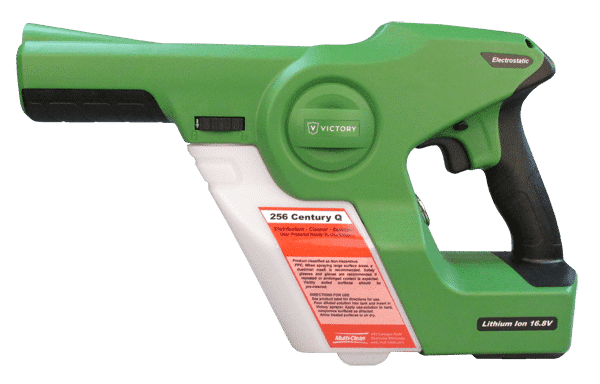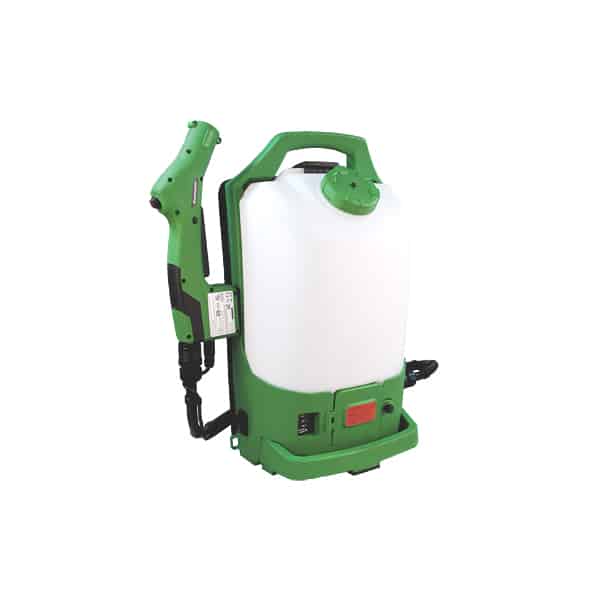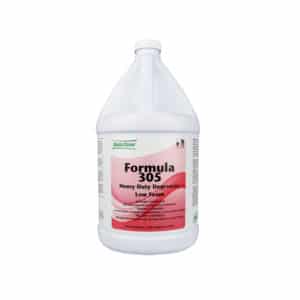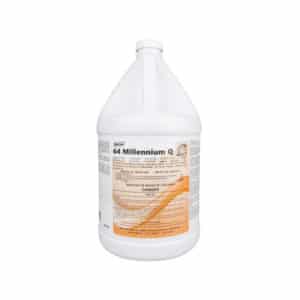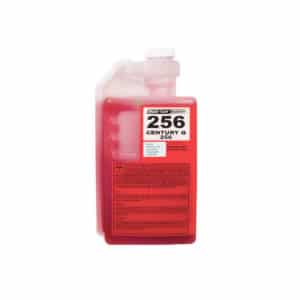Description
Proper disinfecting and sanitizing of surfaces is critical to prevent the spread of illness and disease. In businesses large and small, illness related absenteeism causes companies billions of dollars each year.
In restaurants and food service operations, cleanliness and preventing foodborne illnesses are essential elements tied to the success of the business. Disinfecting surfaces in healthcare institutions is critical to preventing healthcare associated infections (HAI). Dealing with immunocompromised patients that are more susceptible to pathogens adds to the challenge.
In the above situations, how do we insure that potentially contaminated surfaces come in contact with a disinfectant or sanitizer? And, how often do surfaces get missed that may be hidden, difficult to reach, or simply passed by due to human error?
Enter electrostatic spraying of disinfectants or sanitizers. An electrostatic spray device imparts a positive electric charge to spray droplets, causing the liquid droplets to be attracted to surfaces like opposite poles of a magnet. The benefit is fast and highly uniform coverage of surfaces, including areas out of the direct line of site that might be missed by conventional sprayers.
Electrostatic spraying of disinfectants and sanitizers is new to the cleaning industry, but it is not new technology. Electrostatics have been used quite successfully in spraying of paints and coatings. It is highly useful for coating complex shapes with a highly uniform film with little or no overspray. Farmers have used electrostatic sprayers to apply pesticides to crops because of the ability to cover the top and bottom of foliage to insure complete crop protection. Electrostatic technology insures hidden or shadowed surfaces get covered with highly uniform film. Often times, up to 1/3 less solution is used to cover equal areas because waste is minimized.



